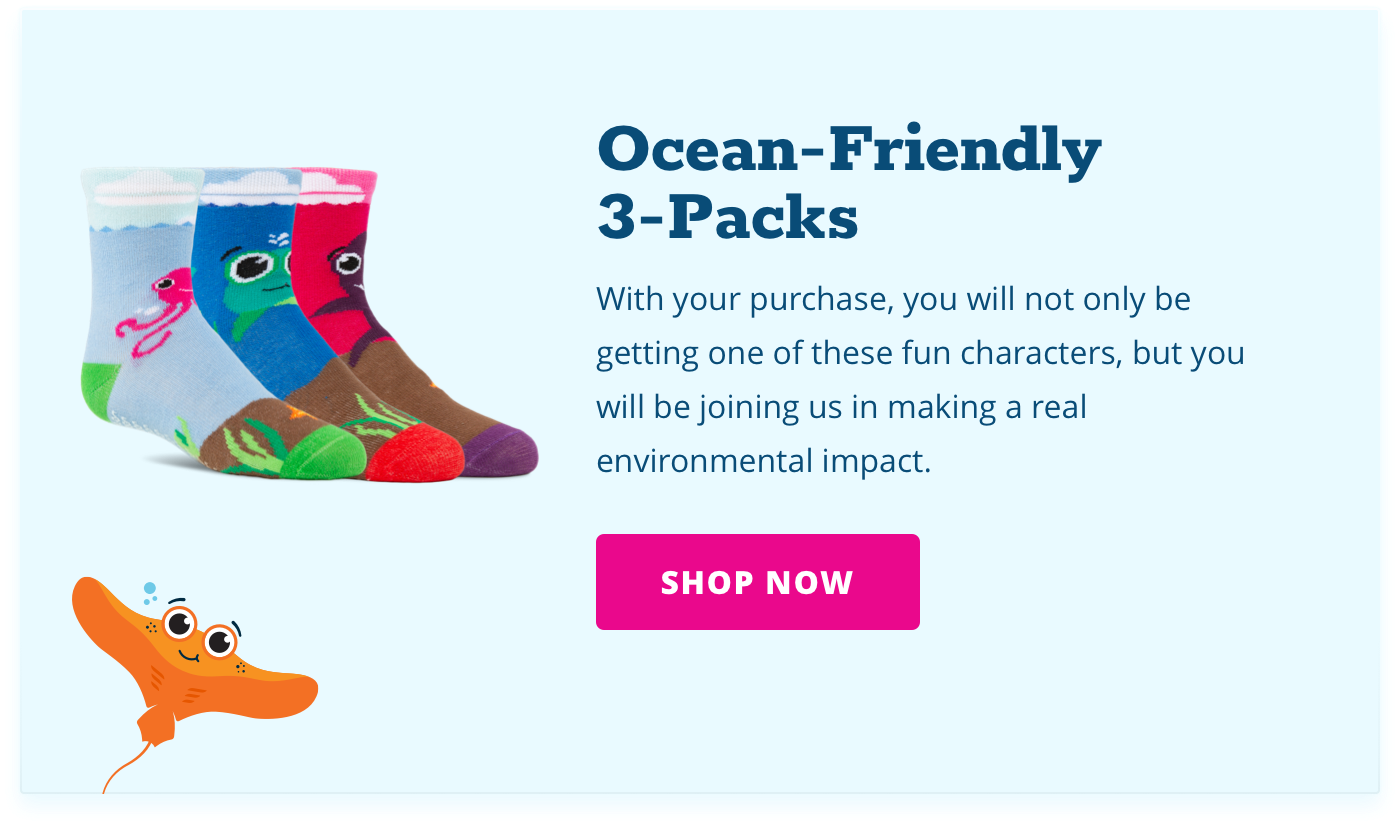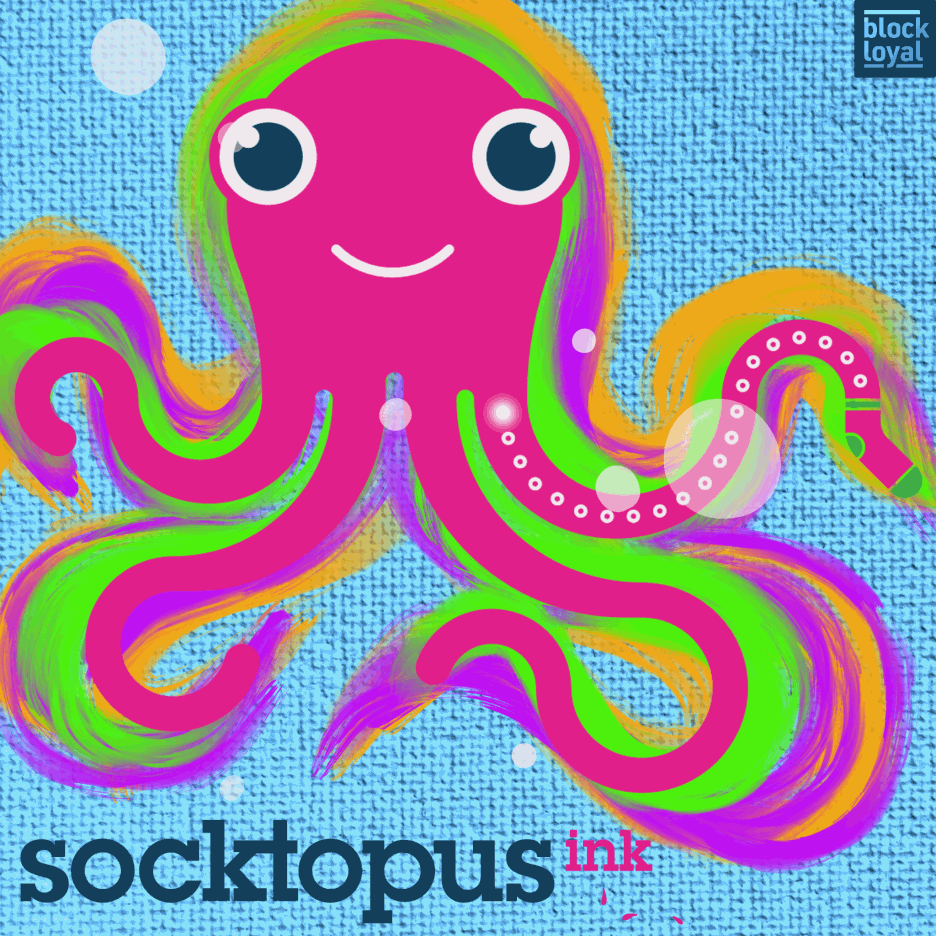It might sound silly, but can you imagine your life without plastic? One exercise recommended by soil scientist and author Mike SanClements in “Plastic Purge” will make you reconsider what you think you know about how much plastic you use daily. The exercise is simply to make a note of each time you use something that was made with new plastic or recycled plastic. Within the first 30 minutes of waking up and getting ready for the day, SanClements notes 10 different times he uses some form of plastic. How much plastic do you use per day?
Humanity’s relationship with plastic is that simple: It makes up everything from cell phones, to light switches, toothbrushes and toothpaste tubes, to shower curtains and water pipes, to shampoo bottles, to food packaging, to refrigerators, and so much more. You are surrounded by household items, clothing, and construction made with some form of plastic. Throwing away plastic with organic waste comes with consequences like decreased natural ecosystems, diminished populations of wildlife, and lasting health effects
Plastic Use is Growing
When did plastic use become an issue? The way people rely on plastic did not happen overnight. In 1950, the world’s population of 2.5 billion people produced 1.5 million tons of plastic. That number is now exponentially higher. In 2016, 7 billion people produced more than 320 million tons of plastic. By 2034, the amount of plastic that is currently produced is set to double.
For some people, the increased use of plastic makes sense. The face-value costs of manufacturing plastic seem to outweigh alternatives like glass, steel, silicone, or wood. But what about the cost of plastic to the environment? One whole plastic bottle can last for 450 years in the marine environment, but will never truly degrade! Over time, ocean plastic will slowly break down into microscopic pieces that can harm marine life who mistake them for food. Most of us have seen the devastating photos of sea turtles, crabs, and dolphins intertwined with plastic waste. If it isn’t realistic for you to go zero waste, or to omit plastic from your life completely, it’s important to understand what recyclable items you can work to keep from harming others.
Recycling = Energy Conservation
Despite the fact that oceans cover 70 percent of the planet, there is a limit to the amount of natural resources that can be used for plastic manufacturing needs. Recycling plastics reduces the amount of energy and resources (such as water, petroleum, natural gas, and coal) needed to create plastic. Plastic is engineered on a large scale by using crude oil and natural gas, which is broken down and reassembled into beverage containers, food packaging, and more.
Our first impressions of plastic are usually positive: Shiny, clean, and neatly packaged on grocery store shelves. But a pint-sized bottle of water requires about 2,000 times as much energy to produce as the same amount of tap water. If more people understood the lifecycle of a plastic bottle, maybe they would realize that recycling plastic is an effortless way to save energy, and divert harmful waste from destroying ocean habitats.
Recycling & the “Diversion Effect”
Why recycle, rather than stop using plastic altogether? While it could be incredibly beneficial for the planet if people stopped using plastic, reducing the impact of plastic waste is a more attainable goal for most people. Recycling alone still makes a significant impact, and people are still learning what can be recycled. Environmentalism is nothing new, but today there are more people who understand its nuances, in addition to its cultural significance and data-driven results. Predictions about climate change, habitat destruction, and endangered species are becoming daily news headlines.
Tackling these world-changing problems requires us to not only act like environmentalists, but to prove those efforts with numbers.
How is plastic recycled? By separating it from typical trash collection systems. Waste diversion is how much recyclable materials in any given waste collection is intended for reuse, so it is neither burned nor sent to a landfill. Clean River Recycling Solutions says that a good waste diversion rate is anywhere up to 50% within the first year of waste diversion, with the goal of constantly increasing recycling efforts. This system makes the effects of recycling clear, improves the health of the planet, and helps hold people accountable for the amount of waste they produce.
Simply recycling or using waste diversion can cause a domino effect for the better: It reduces the demand for plastic production, there is less damage to the earth, marine life gets the chance to thrive. As with many nonrenewable resources, it can be difficult to replace populations of native marine life, including everything from sea sponges to already-endangered whale species. Since the Great Pacific Garbage Patch is not what you and I had in mind for the 8th Natural Wonder of the World, reducing the amount of plastic in the ocean seems like one obvious solution to many of the world’s problems.
Once the waste is diverted, what can materials like recycled plastic be turned into? Turns out, you can use it to make nearly anything that is typically made of freshly-manufactured materials. Construction materials, household items, and even clothing can be made of recycled #1 plastics.
The Socktopus Mission
Based on what researchers know about humanity’s relationship with plastic, there are generations of people accustomed to its convenience, affordability, and prevalence in our lives. Beyond learning about the impacts of plastic on the world, parents, guardians, and community leaders can prepare the next generation for the uphill battle ahead. Not only do future generations need to be ready to face some of the difficult consequences from centuries of human activity, they must understand that caring for the planet is essential to caring for ourselves.
With Socktopus, Ink., the solution for plastic waste solution is at our feet. These cozy, colorful socks are designed to engage and inspire kids with a world of happy and healthy marine life. The socks are made from a surprisingly comfortable recycled-plastic-polyester blend. Our first product is a line of baby, toddler, and kids socks that are all made from 100% recycled plastic. But it’s our fun, relatable characters that truly set us apart! Bubbles, Shelldon, Bobtopus, and the rest of the Socktopus crew helps us to deliver positive messages to our children to keep our oceans clean and take care of the environment by reducing, reusing, and recycling.
As humans, it’s in our nature to experiment, and to make mistakes. It’s also in your power to implement positive changes that make the world healthier for everyone and everything living on the earth. When you lead younger generations by example, you can rest assured that life on earth is sustainable, healthy, and hopeful.



